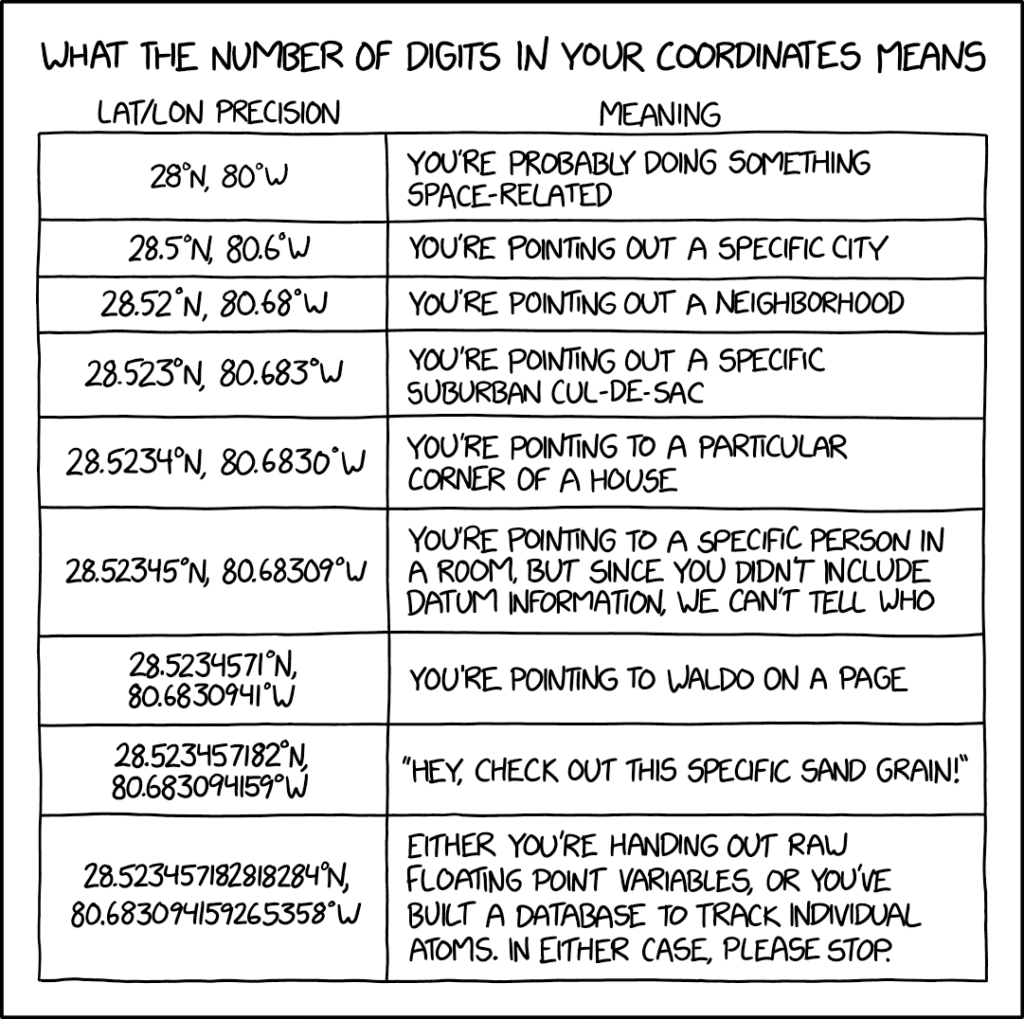
Navigating and communicating effectively often relies on accurate coordinates. When it comes to direct messages (DMs), receiving incorrect coordinates can lead to confusion, frustration, and even safety concerns. Understanding how to identify and address potential inaccuracies in DM coordinates is essential for seamless interactions. This article will guide you through a comprehensive process of verifying the accuracy of DM coordinates, empowering you to ensure precise location information for all your communication needs.
This article will delve into various methods for verifying DM coordinate accuracy, starting with understanding the nature of these coordinates and progressing through practical tips like cross-referencing with mapping services and analyzing address inconsistencies. We’ll also explore the importance of direct communication with the sender when doubts arise.
Direct Message Coordinates
Direct message coordinates typically consist of numerical values representing latitude and longitude, pinpointing a specific location on Earth. These coordinates are often used to share addresses, meeting points, or destinations within DMs. While convenient for quick information exchange, it’s crucial to remember that human error can occur during input or transmission, leading to inaccurate coordinates.
Understanding the format of DM coordinates is essential for effective verification. Typically, they follow a standardized format like “latitude, longitude,” where latitude indicates the north-south position and longitude represents the east-west position. For example, “40.7128,-74.0060” would represent a location in New York City.
It’s important to note that different platforms or applications may use slightly varying formats for displaying DM coordinates. Familiarize yourself with the specific format used by your preferred platform to ensure accurate interpretation.
Accuracy Verification Tips

Verifying the accuracy of DM coordinates is crucial for avoiding confusion and ensuring successful navigation. Several practical tips can help you determine if the provided coordinates are reliable:
Cross-reference with a mapping service: Utilize online mapping services like Google Maps, Apple Maps, or Bing Maps to input the DM coordinates. Observe the displayed location on the map and compare it to the intended destination. Discrepancies between the mapped location and the expected address indicate potential inaccuracies in the provided coordinates.
Analyze address details: Carefully examine the accompanying address information alongside the coordinates. Look for inconsistencies such as missing street numbers, unusual abbreviations, or typos. These errors can significantly impact coordinate accuracy.
Mapping Service Cross-Reference
Cross-referencing DM coordinates with a reliable mapping service is a fundamental step in verifying their accuracy. This visual confirmation allows you to assess if the displayed location aligns with the intended destination.
Input the provided coordinates into your preferred mapping service, such as Google Maps or Apple Maps. Observe the pinpointed location on the map and compare it to any accompanying address information. If the mapped location corresponds accurately to the expected address, the coordinates are likely reliable. However, discrepancies between the mapped location and the intended destination suggest potential inaccuracies in the provided coordinates.
Remember that mapping services rely on user-generated data and may not always reflect the most up-to-date information. Therefore, cross-referencing with multiple mapping services can enhance accuracy and provide a more comprehensive view of the location.
Address Inconsistencies

Address inconsistencies can significantly impact coordinate accuracy. Carefully analyze any accompanying address details alongside the provided coordinates for potential errors:
Missing street numbers: Ensure that both the street number and name are present in the address information. Missing street numbers can lead to inaccurate pinpointing on a map.
Unusual abbreviations: Be cautious of unusual abbreviations or acronyms used in the address. Verify their meaning and ensure they correspond to standard address formats.
Contacting the Sender
When doubts arise regarding DM coordinate accuracy, direct communication with the sender is crucial. Reach out through the platform’s messaging system or alternative contact methods to clarify any uncertainties:
- Politely inquire about the coordinates: Express your concern about potential inaccuracies and request confirmation of the provided information.
Conclusion
Verifying the accuracy of DM coordinates is essential for successful navigation, communication, and safety. By employing the tips outlined in this article, you can confidently assess the reliability of provided coordinates and avoid potential confusion or errors. Remember to cross-reference with mapping services, analyze address details for inconsistencies, and always communicate directly with the sender when doubts arise.
